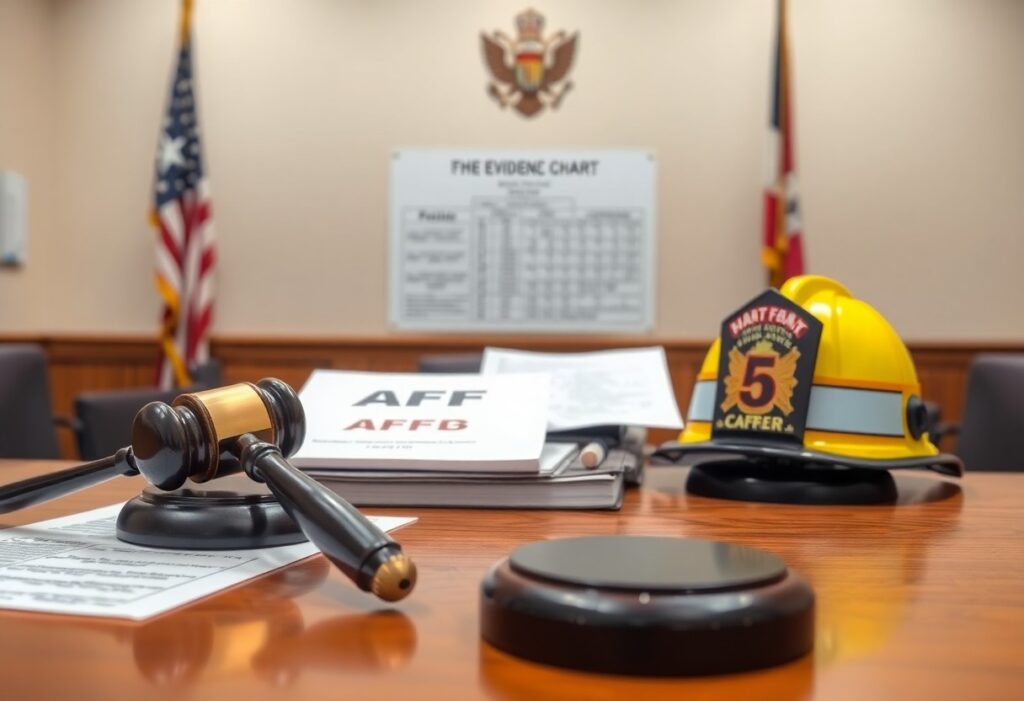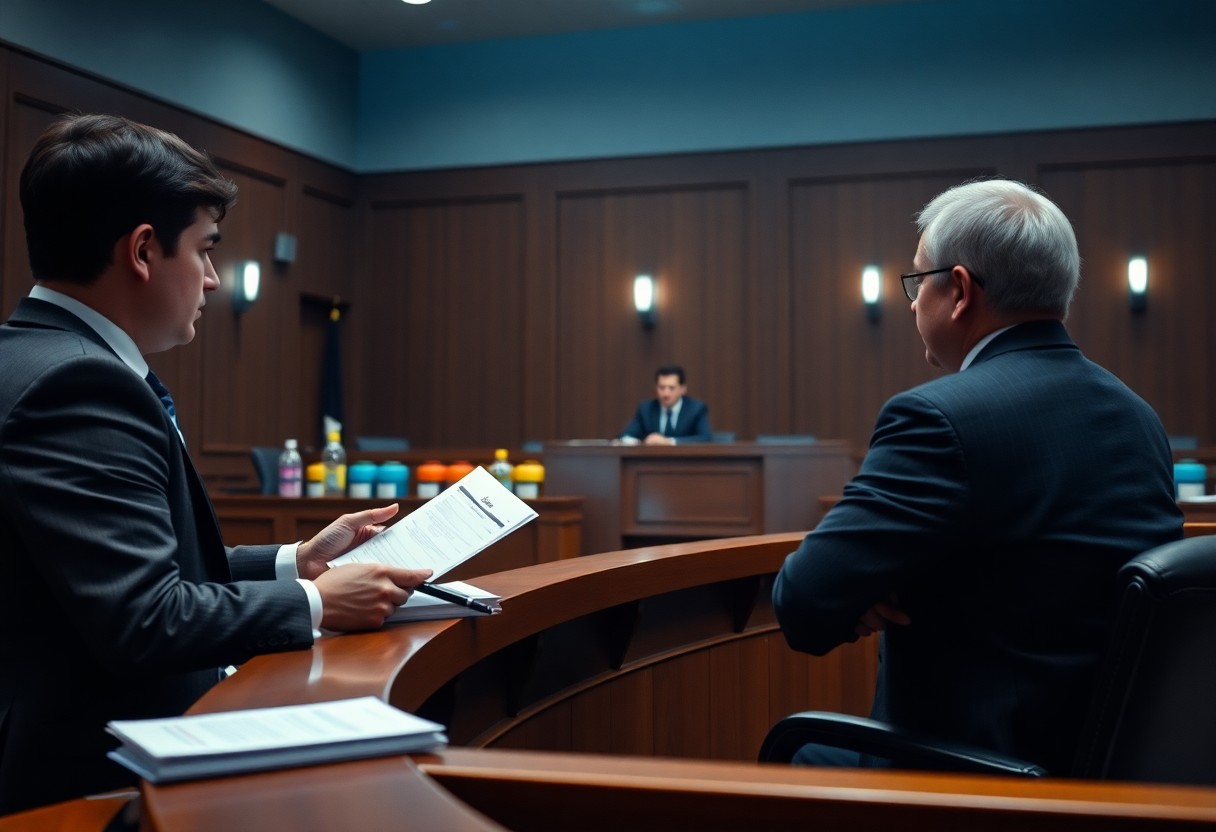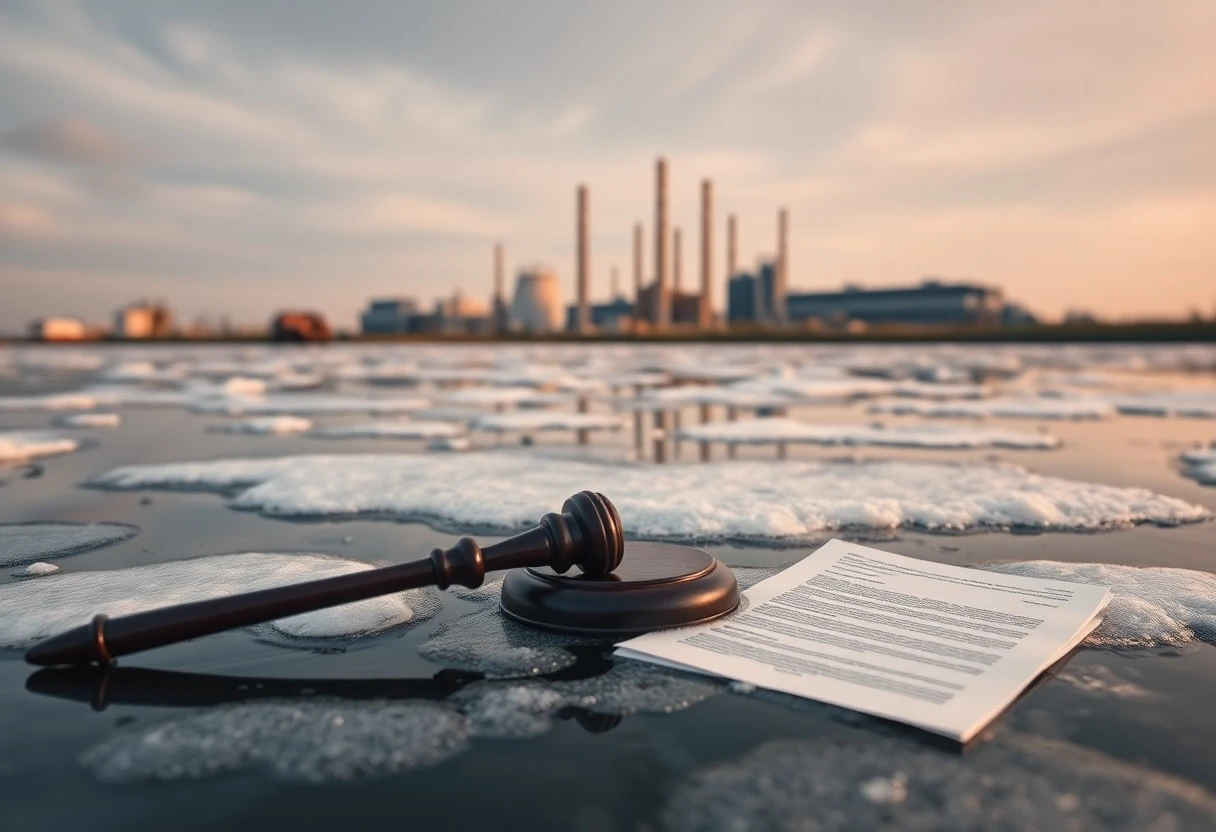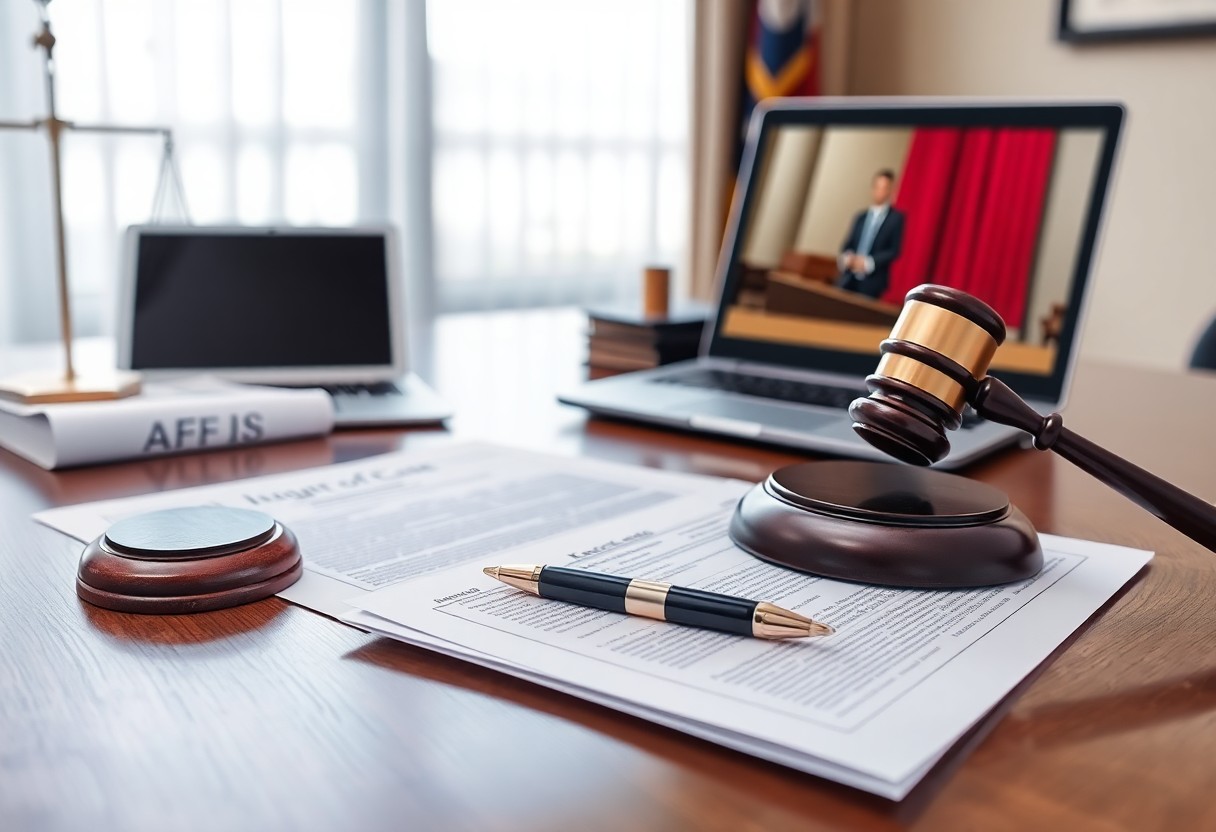Just understanding how to prove liability in an AFFF firefighting foam lawsuit can significantly impact your case. In this blog post, we’ll guide you through the important steps you need to take to establish responsibility for your health issues linked to AFFF exposure. You will learn how to gather evidence, seek expert opinions, and identify liable parties, empowering you to navigate the legal complexities with confidence. Harness your knowledge to advocate for your rights and pursue the compensation you deserve.
Understanding AFFF and Its Implications
The use of AFFF (Aqueous Film Forming Foam) in firefighting has raised significant concerns regarding its environmental and health implications. As you probe into the world of AFFF, it’s crucial to understand both its benefits in extinguishing fires and the potential risks associated with its components. Your familiarity with these aspects can play a pivotal role in evaluating liability in lawsuits connected to AFFF exposure.
What is AFFF?
With its origins in the emergency response industry, AFFF is a fire-suppression agent designed to quickly extinguish flammable liquid fires. Its chemical composition enables it to form a barrier that prevents oxygen from fueling flames, making it effective in firefighting scenarios, particularly in aviation and industrial settings. Understanding what AFFF is will provide you insight into the context of its use and the controversies it has generated.
Health Risks Associated with AFFF
AFFF has been linked to several serious health risks, creating concern among firefighters and those living near firefighting training sites. Exposure to the chemicals in AFFF may result in harmful effects, such as increased cancer risk, immune system disruption, and liver damage, among other health issues. As you assess liability, acknowledging these potential health risks is crucial.
The toxicity of certain substances in AFFF, notably per- and polyfluoroalkyl substances (PFAS), has prompted ongoing research and public health discussions. Your exposure to PFAS is of particular concern due to their persistence in the environment and the human body, leading to a phenomenon known as bioaccumulation. Studies have suggested a correlation between PFAS exposure and adverse health outcomes, including various cancers and reproductive harm. Understanding these risks can aid you in navigating the complex landscape of AFFF-related lawsuits and the potential liabilities involved.
Key Factors in Proving Liability
Even in an AFFF firefighting foam lawsuit, understanding the key factors to prove liability is necessary. The following elements are pivotal for your case:
- Establishing a duty of care
- Demonstrating a breach of duty
- Connecting the breach to your damages
Thou must navigate these components carefully to strengthen your argument effectively.
Establishing Duty of Care
With any legal context, establishing a duty of care is vital; it verifies that the defendant had a legal obligation to protect you from harm. This obligation arises when a relationship exists where one party can foreseeably cause injury to another through their actions or inactions. As a plaintiff, you’ll need to demonstrate that the defendant had a responsibility to act in a manner that could prevent you from being exposed to dangerous substances contained in AFFF.
Breach of Duty
An necessary part of proving liability involves demonstrating a breach of duty. This means showing that the defendant failed to uphold their responsibility to you, leading to exposure or injury from AFFF firefighting foam.
It is necessary to provide evidence that the defendant’s actions—or lack thereof—contradicted established safety standards or best practices in using AFFF. For instance, if the use of certain chemicals was known to pose a significant risk but they continued to utilize them without adequate precautions, this can exhibit a clear breach. Additionally, you might need to present expert testimony to clarify how their conduct directly led to your exposure or health issues, thereby reinforcing the link between the breach and your resulting damages.
Gathering Evidence
Some of the most effective ways to demonstrate liability in your AFFF firefighting foam lawsuit involve gathering substantial evidence. Collect any relevant documentation that supports your exposure to AFFF, including employment records, safety data sheets, and incident reports. This information can help establish a clear connection between your exposure and the health issues you’re experiencing.
Documenting Exposure
To strengthen your case, you must meticulously document your exposure to AFFF. Keep track of dates, locations, and specific activities involving the foam. This information will create a timeline that substantiates your claims, allowing your legal team to build a solid argument that links your exposure to the subsequent health complications.
Expert Testimonies
Any compelling lawsuit will benefit from the inclusion of expert testimonies. These professionals can provide invaluable insights regarding AFFF’s health risks and its impact on your well-being. Engaging experts in toxicology or environmental science can bolster your case as they can articulate the specific dangers associated with AFFF exposure, thereby reinforcing your claims.
Evidence from expert testimonies can play a significant role in your case. By providing testimony on the toxic components and health risks associated with AFFF, they can substantiate your claims of exposure and harm. Expert witnesses can explain how the chemical properties of firefighting foam contribute to health issues like cancer and respiratory problems, making a compelling argument that supports your position in court. Their specialized knowledge can help the judge or jury understand the serious implications of AFFF exposure, significantly enhancing the strength of your case.
Legal Framework for AFFF Lawsuits
To successfully navigate an AFFF firefighting foam lawsuit, understanding the legal framework is vital. This framework encompasses various local, state, and federal laws that govern environmental contamination and product liability, impacting how you can prove liability. Familiarizing yourself with these laws will help in building a strong case against parties responsible for the exposure.
Relevant Laws and Regulations
You should be aware of pertinent laws such as the Comprehensive Environmental Response, Compensation, and Liability Act (CERCLA) and the Safe Drinking Water Act (SDWA), which address contamination and public health issues. Additionally, consider the Resource Conservation and Recovery Act (RCRA) when evaluating hazardous materials. These regulations provide a framework for addressing injuries related to AFFF exposure.
Types of Claims
Various types of claims can arise in AFFF lawsuits. You may pursue product liability claims, negligence claims, or toxic tort claims. Each claim targets different aspects such as the manufacturing process, failure to warn, or negligent conduct by manufacturers and distributors.
| Type of Claim | Description |
| Product Liability | Claims based on defective AFFF products. |
| Negligence | Claims arising from failure to warn consumers. |
| Toxic Tort | Claims for injuries due to dangerous exposures. |
| Warranty Breach | Claims related to unfulfilled warranties. |
| Environmental Claims | Claims based on environmental harm caused. |
Legal types of claims are vital for holding responsible parties accountable for injuries attributed to AFFF exposure. You can pursue various claims depending on your situation, including personal injury due to negligent manufacturing and environmental harm. Evaluating the specific circumstances of your case will help determine the most effective claims to pursue.
| Aspect | Details |
| Negligence | Involves lapses in safety protocols. |
| Product Liability | Focuses on defective design or production. |
| Toxic Exposure | Claims relating to health impacts of AFFF. |
| Environmental Lawsuits | Address legal ramifications of contamination. |
| Consumer Rights | Protects public health against harmful products. |
Tips for Building a Strong Case
Not all evidence is created equal when building your AFFF firefighting foam lawsuit. Focus on gathering comprehensive documentation and testimonials to solidify your claim. Key strategies include:
- Collecting medical records linking health issues to AFFF exposure.
- Documenting any personal experiences with firefighting foam.
- Researching corporate responsibility surrounding AFFF usage.
Perceiving the significance of rigorous documentation is vital for a compelling case.
Consulting Legal Experts
You should seek the guidance of experienced legal professionals who specialize in environmental litigation related to AFFF exposure. They can provide insights and strategies tailored to your unique circumstances, helping to navigate the complexities of such cases.
Keeping Detailed Records
While pursuing your case, it’s imperative to maintain comprehensive records of all relevant incidents and health issues. This includes keeping track of medical appointments, treatments, and any communications related to your AFFF exposure. Strong documentation not only substantiates your claim but also illustrates a clear timeline of events and symptoms, which can be beneficial in establishing liability. Keeping notes on conversations with health professionals and any assessments regarding your health strengthens your position, making it easier to demonstrate the connection between your health concerns and AFFF exposure.
Navigating the Legal Process
Unlike other legal matters, navigating the process of an AFFF firefighting foam lawsuit involves specific challenges, including understanding complex regulations and the science behind chemical exposure. Your journey may require gathering a wealth of documentation and expert testimonies. Engaging with a qualified attorney familiar with these cases can make the experience smoother and ensure that you effectively present your claims.
Steps in Filing a Lawsuit
There’s a methodical approach to filing a lawsuit that involves several key steps, including gathering evidence, selecting the appropriate court, and completing necessary legal paperwork. Consulting with a lawyer who specializes in AFFF cases can help you stay organized and ensure all deadlines are met. Each step is designed to strengthen your case and advance your pursuit of justice.
What to Expect in Court
Legal proceedings can be intense and may vary significantly based on the complexity of your case.
Navigating the courtroom environment can be overwhelming, but knowing what to expect helps you prepare. You will likely face intense questioning from opposing counsel, as they may challenge your credibility and the evidence presented. It’s important to be ready for a trial that could last for hours or even days, where expert witnesses may testify about the effects of AFFF exposure. Your attorney will guide you through the process, but being briefed on courtroom etiquette and procedures can help reduce anxiety and improve your performance on the stand.
Final Words
Presently, proving liability in an AFFF firefighting foam lawsuit requires you to establish a clear link between the harmful effects of the foam and the responsible parties’ negligence. You must gather evidence such as documentation, expert testimonies, and medical records to support your claim. Understanding the nuances of product liability and environmental regulations will strengthen your case. Engaging a knowledgeable attorney can significantly enhance your chances of holding the appropriate parties accountable and securing the compensation you deserve for your injuries or damages.
















